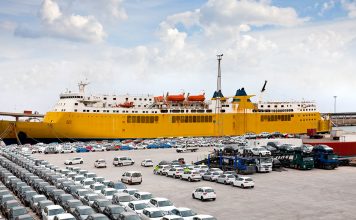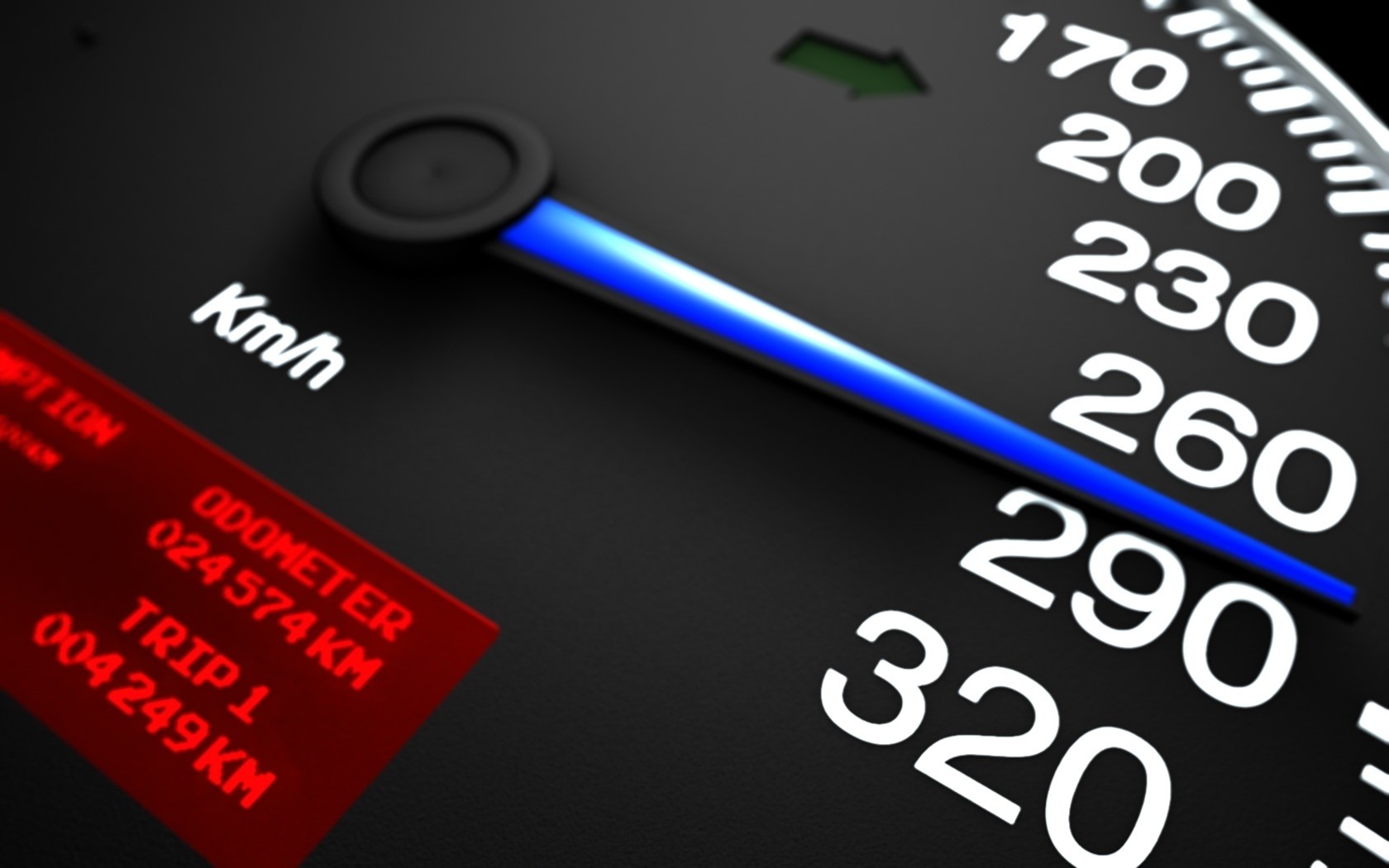Acting Kenya Railways Corporation (KRC) managing director Philip Mainga might not have been in the thick of the storm surrounding the Standard Gauge Railway (SGR). But he has felt the heat, nonetheless. Speaking to Weekend Business, Mr Mainga says that the public is unaware of the role of the railway. He says that Government is offering consumers an alternative mode of transportation through railways to decongest other modes of transport, especially Nairobi’s roads, which are notorious for traffic snarl-ups.
1. You have been acting Managing Director for one year now. How have you turned around the fortunes of Kenya Railways and SGR in that period to deserve a confirmation?
We have done a lot, including completion of Phase 2A of the SGR. We have done a lot regarding the Kisumu port project. We have also done a lot on operations. When I came in, we were doing about five trains, but now we are doing an average of 8.2 trains per day. In terms of the numbers, we are doing 10 to 14 freight trains per day.
Passenger numbers have gone up to 7,000 per day because of additional coaches on the Nairobi-Mombasa route. We have so far catered to a total of 3.5 million passengers since we started operations. That means we are at an average of 1.2 million passengers per year. Since the year has not ended, we hope to hit the 3.8 million passengers mark, up from the current 3.5 million.
As a result, we have decongested Mombasa Road. We offer an incomparable, affordable and effective convenience at just Sh2,000 for a second-class coach ticket and Sh6,000 for the first class between Nairobi and Mombasa. No bus or matatu can compete with that.
If you go to Kenyatta Beach in Mombasa, almost 90 per cent of the visitors there will tell you they came to Mombasa by SGR. Coastal hotels are also aware that about 70 per cent of their use the SGR. We are very efficient and strictly keep to the schedule. We have never lost even a single minute to delays over the three years we have been in operation. We should be awarded for this.
2. What are the numbers for cargo like?
Our cargo numbers stand at 14 trains per day. In terms of tonnage, the cumulative number now is around 4.5 million tonnes. We will soon be hitting the 5-million tonne mark. We had target 6 million tonnes this year, but unfortunately that was derailed by what happened at the beginning of the year. We have had protests in Mombasa due to concerns by some people about rail haulage. They do not want to move their cargo competitively through road or competitively through the SGR, but instead prefer storage at container freight stations (CFSs). They seem more interested in storage rather than cargo movement.
3. Are plans to pick a concessionaire to operate the earlier announced Naivasha to Malaba Metre-Gauge Railway (MGR) line still on course?
The plan was to link the SGR to the MGR. The linkage was to be via road, connecting the main Narok and Maai Mahiu line; and via the former MGR station in Long’onot. The plan is still on course. Concerns have been raised about the debt implication, hence the government’s decision to engage a private investor for the project, much like with the JKIA-Westlands expressway which involves public private partnership. It will not be a concession, it will be something like a joint venture, where we as Kenya Railways will have a share. We will run the operations together. with the investor. The Government has already identified a party with whom we are talking about this project.
4. There have been complaints that the Madaraka Express is charging high fares on the Ngong-Rongai route compared to road transport. Why the huge price difference?
The fare from Ngong to the SGR station is Sh100. There is a connecting train to central business from the SGR station, which charges just Sh50 for fare. The total cost therefore is Sh150. Compare that to the matatus that charge as high as Sh250 from the railway station to Ngong when it rains. On other days they will charge between Sh50 and Sh80 to Ngong.
From the railway station to Karen, the fare is about Sh150. Our costs are not exorbitant and factor in fares charged on other modes of transport. Don’t forget that we are also faster. By the time you reach Ngong from the railway station, we would have done a round trip. The morning hour traffic between Ngong and Karen is depressing and you could spend up to three hours in traffic from Ngong to the CBD. When it comes to customer patronage, convenience, service, safety, we are way ahead of road transport. I call upon Kenyans to keenly look at this matter. The government is not subsidising rail transport, but wants to give Kenyans an affordable alternative to complement road transport.
5. There have also been complaints that Kenyans are given low-cadre job at the SGR, with management positions being reserved for Chinese. Is this true?
That is no longer true. Initially, the Chinese were in control. But that change in the second year. And now in the third year, we have a deputy general manager, as well as four other managers who are running the system. In terms of skills transfer to the locals, we are now at 90 per cent.
SOURCE: standardmedia.co.ke



![Top 20 Used Cars to Avoid Buying in Kenya – [PHOTOS]](../../../blog/wp-content/uploads/2013/11/top-used-unreliable-cars-to-avoid2-80x60.jpg)


![Top 20 Used Cars to Avoid Buying in Kenya – [PHOTOS]](../../../blog/wp-content/uploads/2013/11/top-used-unreliable-cars-to-avoid2-100x70.jpg)



